
What Happens When You Eat Too Much Red Meat?
Red meat has long been a favorite in many Vietnamese meals — not just because it’s delicious and versatile, but also because it’s considered “nutritious and energizing.”
However, experts warn that consuming too much red meat can increase the risk of several health problems — including high cholesterol, heart disease, and even cancer, particularly colorectal cancer.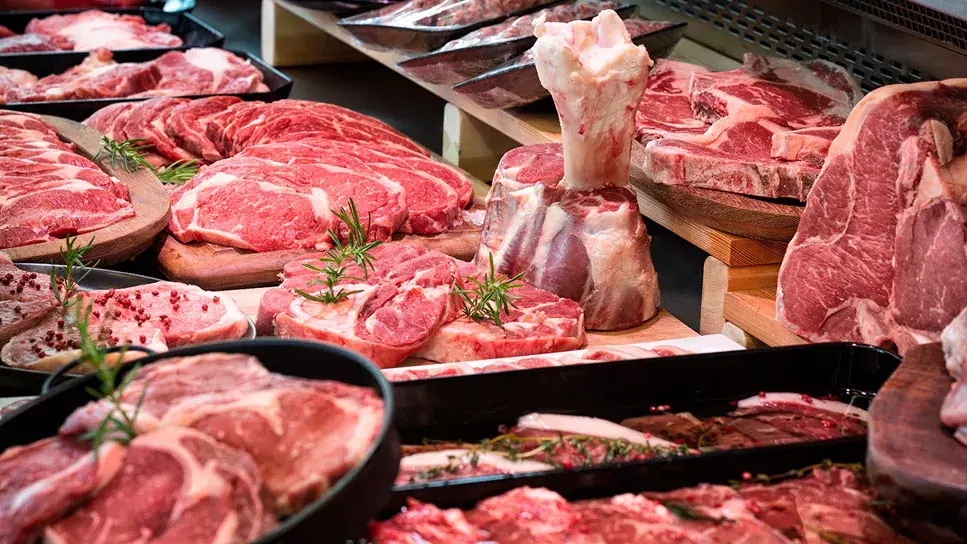
🔍 What Exactly Is Red Meat?
According to Dr. Tuan Thi Mai Phuong from the National Institute of Nutrition (Vietnam), red meat refers to meat from mammals, which appears red when raw due to its high myoglobin content — a protein that helps store and transport oxygen in muscles.
Common types of red meat include pork, beef, veal, lamb, goat, and rabbit.
While red meat is undeniably nutritious, the key lies in moderation.
For example:
-
100g of lean pork provides about 19g of protein,
-
100g of beef delivers 21g of protein, meeting nearly 30% of an adult’s daily protein needs.
Red meat is also rich in essential micronutrients like iron, zinc, and vitamin B12.
According to the Vietnamese Food Composition Table:
-
100g of lean beef contains 1.6mg iron, 4.05mg zinc, and 1µg vitamin B12.
-
100g of pork provides 1mg iron, 2.5mg zinc, and 0.84µg vitamin B12 — all higher than most other foods.
Clearly, red meat has nutritional value. But too much of it comes at a cost.
⚠️ The Hidden Dangers of Overeating Red Meat
Dr. Phuong emphasizes that maintaining a balanced and reasonable intake of red meat is crucial to prevent chronic diseases.
According to international studies summarized by the World Cancer Research Fund (WCRF), excessive consumption of red and processed meat has been strongly linked to higher risks of:
-
High blood lipids (cholesterol)
-
Cardiovascular diseases
-
Stroke
-
Cancers — especially colorectal cancer
The research highlights that while red meat provides valuable nutrients, excessive intake can promote inflammation, increase saturated fat levels, and introduce harmful compounds (like nitrosamines and heterocyclic amines) when cooked at high temperatures.
🍽️ How Much Red Meat Is Safe to Eat?
The WCRF and American Institute for Cancer Research recommend:
-
No more than 3 servings per week
-
Total weekly intake: 350–500g cooked red meat (equal to about 700g raw meat, excluding bone weight)
-
Daily guideline: No more than 70g cooked meat per day (about 100g raw)
Keeping red meat intake within this limit helps balance the benefits of protein and minerals while reducing long-term health risks.
🥦 Healthier Substitutes
Experts suggest diversifying your protein sources instead of relying heavily on red meat. Try:
-
Lean cuts of meat instead of fatty portions
-
Poultry, fish, eggs, and low-fat dairy as alternatives
-
Plant-based proteins like beans, tofu, and lentils for added fiber and heart protection
This approach ensures your body still gets the nutrients it needs — without overloading on saturated fat or iron.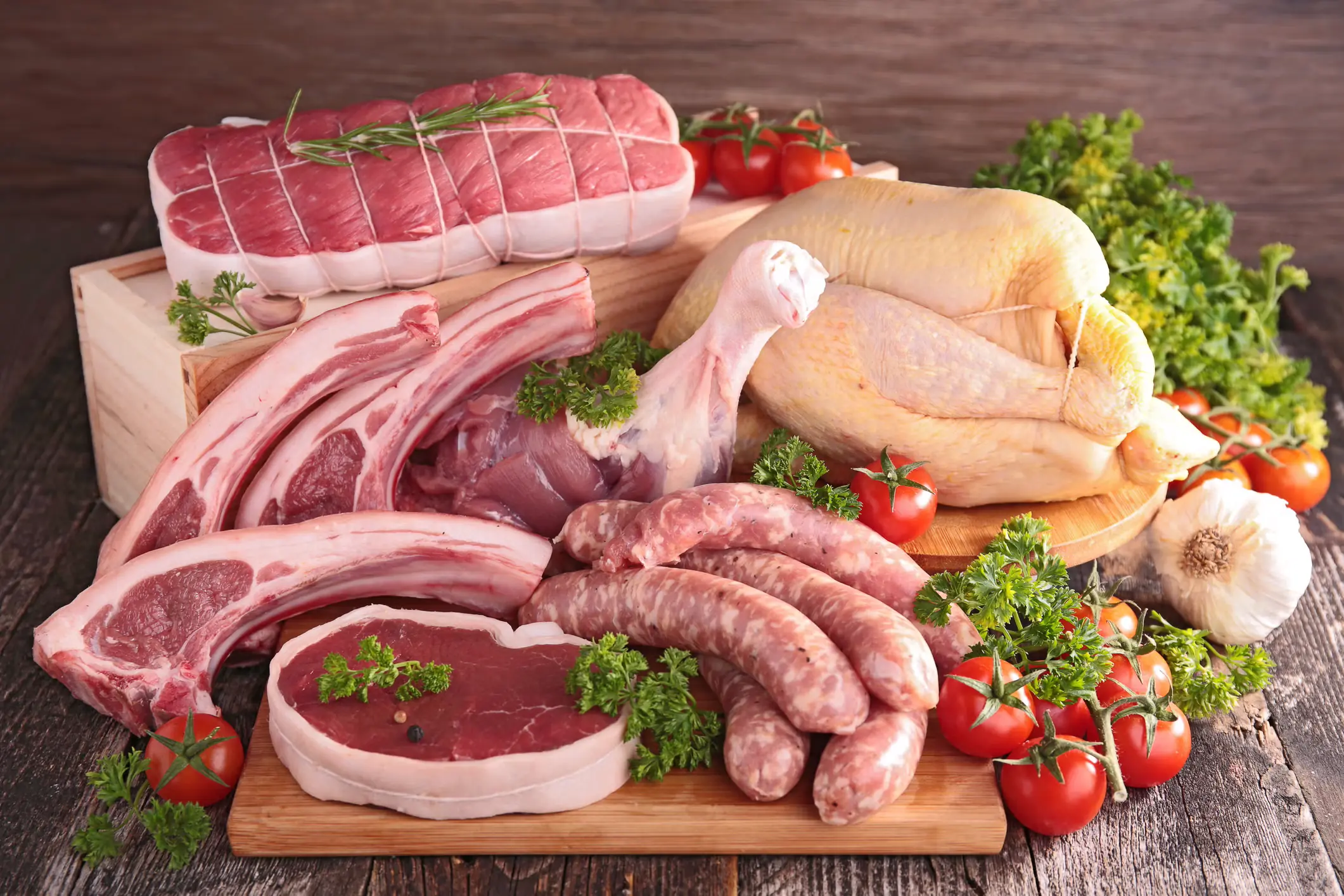
💬 The Bottom Line
Red meat can absolutely be part of a healthy diet — but moderation is everything.
Think of it as a powerful supplement, not a daily staple.
By balancing red meat with more vegetables, fish, and plant proteins, you’ll enjoy the flavor you love while keeping your heart and digestive system in top shape.
News in the same category


Why You Keep Waking Up Between 3 and 4 AM - 4 Health Issues Your Body May Be Signaling

Indoor Air Quality: 6 Common Household Items That May Affect Your Lungs — And How to Use Them Safely

5 common mistakes when using yogurt that can be harmful to your health that you may not know

Scientists May Have Actually Found One Of The Causes Of Autism
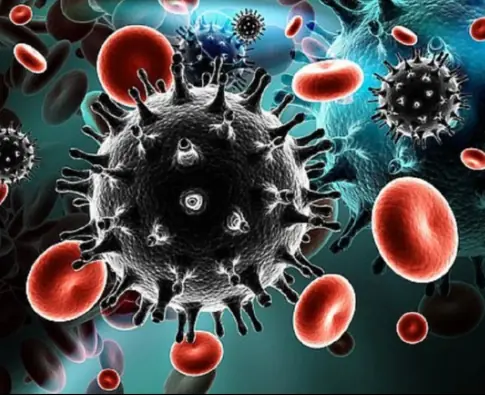
Itching in 9 Areas: A Warning Sign of Malignant Tumors, Number 7 Is the Most Common

Doctors Warn: Stroke May Present a Subtle Early Sign Up to Three Months Before It Occurs

7 Signs of Mini Stroke in The Elderly

8 Early Warning Signs Of Ovarian Can:cer You Shouldn’t Ignore

What Does It Mean When You Dream About Someone Close Who’s Died?

5 Alarming Stroke Warning Signs to Watch for in Young People

What Are Eye Floaters? Here What To Do If you Start Seeing Them, According to an Eye Doctor

36-Year-Old Teacher Dies From Diabetes Doctors Say Was Triggered By Everyday Foods

Discover Love in the Little Things: Everyday Connections
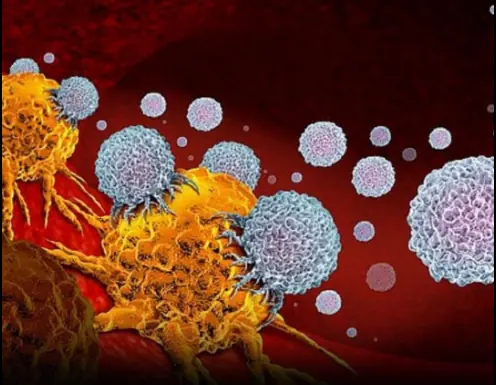
Itching in 9 Areas: A Warning Sign of Malignant Tumors, Number 7 Is the Most Common

The Hidden Danger Hour: Doctors Warn Sleeping at This Time Could Trig:ger 4 Serious Health Problems

Why Many Modern Hotels Use Transparent Glass Bathrooms - The Real Reasons Behind the Design

3 “Golden” Foods That Help Women During Menopause
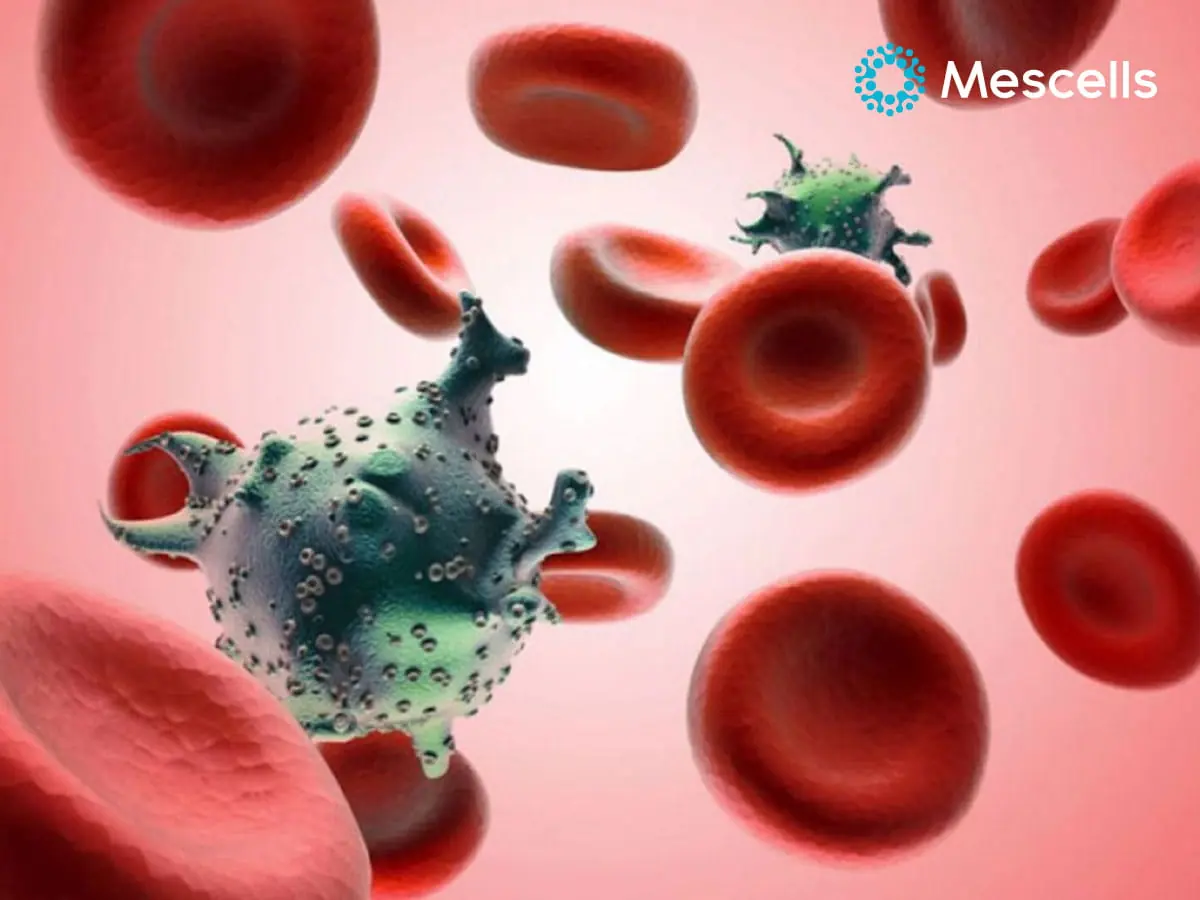
8 foods that ki.ll can.cer cells

Your body can sometimes show early signs of cardiovascular stress
News Post

Tomato Basil Bruschetta

Mediterranean Tortellini Pasta Salad

Swollen Feet? Don’t Ignore This Clear Red Flag — Here’s What It Really Means

Doctors Reveals That Eating Apples Causes

How to Deep-Clean Bed Pillows and Restore Them to Cloud-Like Freshness—Naturally

Why You Keep Waking Up Between 3 and 4 AM - 4 Health Issues Your Body May Be Signaling

Indoor Air Quality: 6 Common Household Items That May Affect Your Lungs — And How to Use Them Safely

What are the health consequences of dehydration?

5 common mistakes when using yogurt that can be harmful to your health that you may not know

Scientists May Have Actually Found One Of The Causes Of Autism

Itching in 9 Areas: A Warning Sign of Malignant Tumors, Number 7 Is the Most Common

Doctors Warn: Stroke May Present a Subtle Early Sign Up to Three Months Before It Occurs

7 Signs of Mini Stroke in The Elderly

8 Early Warning Signs Of Ovarian Can:cer You Shouldn’t Ignore

What Does It Mean When You Dream About Someone Close Who’s Died?

5 Alarming Stroke Warning Signs to Watch for in Young People

What Are Eye Floaters? Here What To Do If you Start Seeing Them, According to an Eye Doctor

36-Year-Old Teacher Dies From Diabetes Doctors Say Was Triggered By Everyday Foods

Discover Love in the Little Things: Everyday Connections
